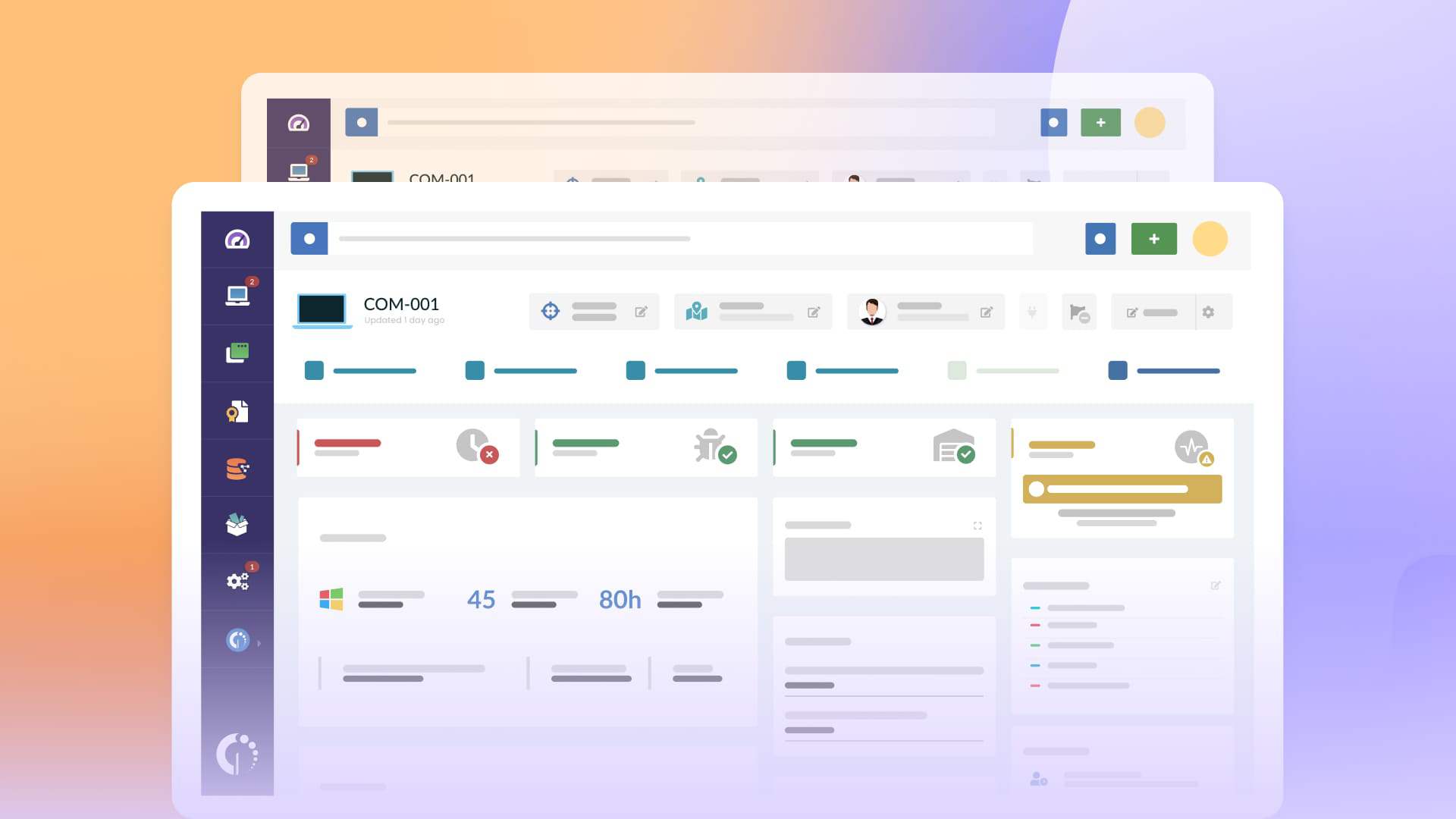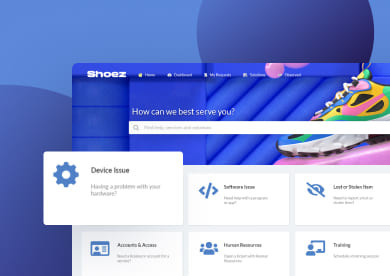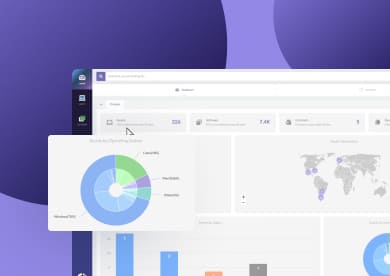Duplicate IT assets happen for all sorts of reasons. Maybe one entry came from a manual import during procurement, and the other was added later when the device was reported in through an agent.
What matters isn’t whether duplicates show up but how you handle them when they do — and how you set up your tools to help you catch and merge them efficiently.
In this article, we’ll go over how to deal with duplicate assets, including preventive measures and what a good Asset Management system can do for you. We’ll also show you how InvGate Asset Management simplifies this process so you can keep your records clean without having to constantly audit them by hand.
What are duplicate assets in ITAM?
Duplicate assets are records in your IT asset inventory that refer to the same physical device but appear as two (or more) separate entries. They’re usually not exact copies — small differences, like a missing serial number or a changed MAC address, can trick your system into creating a new record.
For example, if a laptop is added manually when it's purchased, and later, the same device reports in via an automated discovery agent, you could end up with two separate assets for the same machine. The system sees them as different because they arrived through different channels or have slightly mismatched metadata.
Other common causes include:
- Device renaming.
- Incorrect or incomplete hardware info during the first scan.
- Manual updates that override automatically gathered data.
- Devices reimaged with a different MAC address.
The good news is: this is common, and it’s manageable. But you’ll want the right tools in place to keep it from becoming a bigger issue.

How to manage duplicate IT assets successfully
The first step is to accept that duplicates are part of the process, especially in hybrid environments that combine automated discovery and manual input. What matters is having a way to spot and resolve them without causing confusion or data loss.
No matter what platform you use to track assets, the risk of duplicate entries is always there — especially when combining manual input with automated discovery tools. Managing them effectively comes down to a few key practices:
1. Use a consistent data source
Whenever possible, rely on a single source of truth to register new assets — either through an agent, a discovery tool, or a formal intake process. Mixing multiple sources without coordination increases the chance of duplicates.
2. Standardize asset naming and key fields
If different team members are entering data manually, make sure there’s a clear convention for fields like asset name, model, location, and owner. Even small inconsistencies can confuse the system into treating the same device as two separate ones.
3. Monitor for duplicates regularly
Set time aside for a routine check of your asset inventory. If your ITAM platform doesn’t flag possible duplicates, you can still compare entries manually or use spreadsheets to look for matching serial numbers or hardware IDs.
4. Resolve duplicates thoughtfully
When you find duplicates, don’t delete both entries or choose one at random. Compare them carefully and keep the most complete, up-to-date version. If your platform supports merging, use that to combine records without losing important details.
5. Document how to handle duplicates
Make it part of your ITAM policy. Write a simple guide explaining what counts as a duplicate, who’s responsible for resolving them, and what the review process looks like. It’ll help keep things consistent over time, especially when new people join the team.
Some ITAM platforms make this easier by giving you detection rules, conflict alerts, and even automated merges.
How InvGate Asset Management helps you manage duplicate assets
If you're using InvGate Asset Management, the platform gives you a few ways to detect and clean up duplicate devices more easily.
1- Automatic detection and merge:
When a new asset is registered — either manually or through an Agent — InvGate checks whether it matches an existing one. It uses key fields like serial number, manufacturer, and model to look for overlaps. If a match is found, it can either merge them automatically or ask for confirmation first, depending on your settings.
2- Manual review tools:
You can also spot and merge duplicates manually. The interface lets you select two entries and combine them into one. Before confirming the merge, you can review which values to keep (like asset name, location, or assigned user) and decide what the final version should look like.
3- Simple rules for handling conflicts:
If two versions of the same asset have different values for the same field, InvGate gives priority to the one with more reliable data — like hardware information collected automatically — or the most recent update. The goal is to avoid losing useful details while keeping the inventory clean.

Final thoughts
Duplicate assets might seem like a small issue at first, but the longer they go unnoticed, the harder it gets to fix the records. And if you're using that inventory to plan budgets, assign devices, or even run audits, this can distort reports and decision-making.
Beyond cleanup tasks, they reveal a bigger challenge: aligning people, processes, and tools in how asset data is handled. The more consistent your intake and review routines are, the less you’ll need to rely on technical fixes later. It's not just about preventing duplicates — it's about building a healthier Asset Management process from the ground up.
If you’re looking for a tool that takes the guesswork out of duplicate Asset Management, you can try InvGate Asset Management for 30 days, with no strings attached. Plus, the trial environment can become your working instance if you decide to keep using it — no need to start over!















